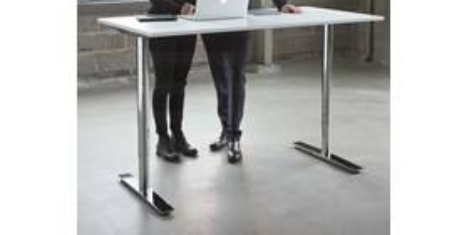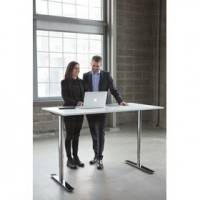June 3, 2015
Over half of workers with back pain receive no help from employers
 Over a quarter of Britons (27 per cent) suffering from debilitating lower back pain do not have a formal diagnosis for their symptoms, and 64 per cent are not receiving any kind of support from employers to help them with their problem, finds a new survey by Nuffield Health. Back pain is the UK’s leading cause of long term sickness, responsible for more than 15 million sick days in 2013. One in seven (14 per cent) questioned with lower back pain said they are on long term sickness benefit or cannot work due to their symptoms, while the same number (14 per cent) have taken at least a month off in the past 12 months. Over a quarter (27 per cent) of people say that the lack of diagnosis or knowledge is causing depression, while one in six (17 per cent) are anxious they are suffering from a more serious health condition.
Over a quarter of Britons (27 per cent) suffering from debilitating lower back pain do not have a formal diagnosis for their symptoms, and 64 per cent are not receiving any kind of support from employers to help them with their problem, finds a new survey by Nuffield Health. Back pain is the UK’s leading cause of long term sickness, responsible for more than 15 million sick days in 2013. One in seven (14 per cent) questioned with lower back pain said they are on long term sickness benefit or cannot work due to their symptoms, while the same number (14 per cent) have taken at least a month off in the past 12 months. Over a quarter (27 per cent) of people say that the lack of diagnosis or knowledge is causing depression, while one in six (17 per cent) are anxious they are suffering from a more serious health condition.



























June 8, 2015
Three reasons why National Work From Home Day has it all wrong
by Mark Eltringham • Comment, Flexible working, Public Sector, Technology
Last Friday was National Work From Home Day in the UK. Each year, the TUC and organisers Work Wise seem to take this as an opportunity to analyse data about the uptake of flexible working and arrive at the wrong conclusions. This year, its analysis of the ONS Labour Force Survey found that the number of people regularly working from home had increased by more than 800,000 since 2005, taking the total to over 4.2 million. These are solid enough data, but what are we to make of TUC General Secretary Frances O’Grady’s conclusion that: “these figures show millions of British workers have adopted homeworking and are enjoying a better work-life balance, while saving time and money on costly commuting that benefits no-one”? There are several reasons to suggest that he’s got that wrong to a large extent.
(more…)